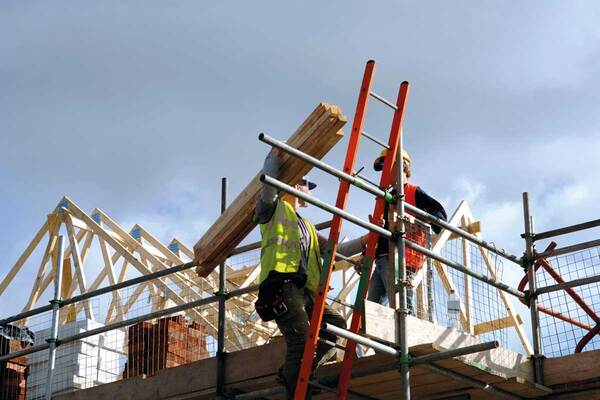What should associations look out for at the moment when negotiating construction contracts? In this context, how has the bargaining position changed?
CA: Building contracts are obviously a key tool for clients in effective risk management of development projects, and housing associations are no exception. My experience is that the majority of direct procured capital projects in the affordable housing space continue to be procured via one of several commonly used industry standard forms of building contract, such as JCT (Joint Contracts Tribunal), NEC (New Engineering Contract) and PPC2000 (Project Partnering Contract for a single project). These contracts can provide some protection to contractors in relation to increased costs and delays caused by issues related to labour and materials. For example, JCT contracts include a right for a contractor to claim an extension of time if the works are delayed by ‘force majeure’ [a contract clause which can change the obligations and/or liabilities of parties when an unforeseeable or extraordinary event occurs].
Our experience is that housing associations, like any developer, are having to enter into negotiations with contractors on matters which, as little as 12 months ago, were unheard of. It continues to be the case that the parties will often include bespoke amendments to these forms of building contract, rather than relying upon the risk profile set out in the standard contracts. The majority of development projects continue to be procured on the basis of amended versions of popular and established industry standard form contracts.
What impact has the COVID-19 pandemic had in regard to negotiation of contracts?
CA: Our sense is that many contractors and subcontractors were left ‘holding the baby’, so to speak, when it came to absorbing the increased costs of reduced efficiency and unproductive working time caused by the pandemic. Naturally, these factors would have been most acutely felt on schemes which were in contract and on site during 2020 and early 2021.
Developers generally took the view that the pandemic was an unprecedented situation and were sympathetic when it came to granting extensions of time. However, cost increases were another matter and the supply chain was left to absorb these costs as best it could.
As with labour and material shortages, contractors are now aware of the need to manage risk by effective negotiation of their contracts in respect of COVID-19-related risks. We are finding that contractors will routinely insist upon their own bespoke clauses being included in contracts in order to address these risks.
What are we likely to see with this situation in the medium to long term?
SHW: Time will tell, but for now it seems as though the prevailing market conditions relating to labour and material shortages will continue for some time. In particular, the labour problem is not something that can be fixed overnight. The skills shortage in construction was well documented even before the double-whammy of COVID-19 and Brexit loomed onto the horizon.
While the demand for new office and retail space has declined, our sense is that the construction sector continues to be buoyed by the significant growth in areas such as residential, infrastructure, logistics and light industrial. We anticipate that the supply chain will continue to insist on bespoke contractual protections until we see the market returning to something like normality, whenever that may be.


